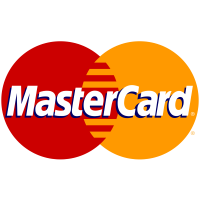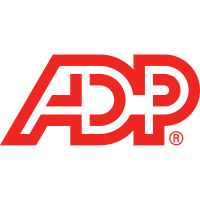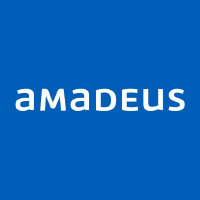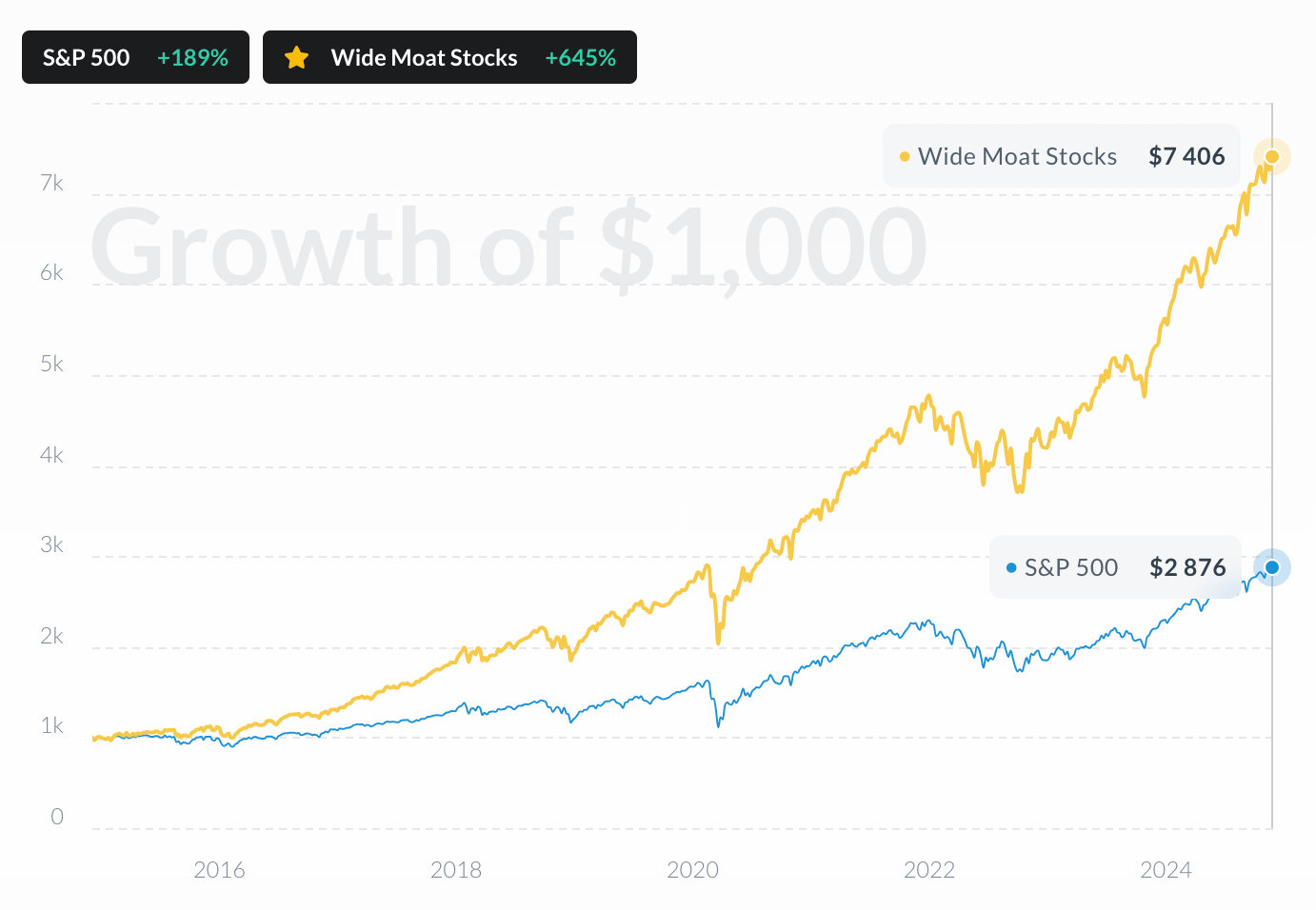
Mastercard Inc
NYSE:MA

Operating Margin
Mastercard Inc
Operating Margin represents how efficiently a company is able to generate profit through its core operations.
Higher ratios are generally better, illustrating the company is efficient in its operations and is good at turning sales into profits.
Operating Margin Across Competitors
| Country | Company | Market Cap |
Operating Margin |
||
|---|---|---|---|---|---|
| US |

|
Mastercard Inc
NYSE:MA
|
488.5B USD |
58%
|
|
| US |

|
Visa Inc
NYSE:V
|
659.8B USD |
66%
|
|
| US |

|
Automatic Data Processing Inc
NASDAQ:ADP
|
119.5B USD |
26%
|
|
| US |
F
|
Fiserv Inc
NYSE:FI
|
99.4B USD |
29%
|
|
| US |

|
PayPal Holdings Inc
NASDAQ:PYPL
|
64.5B USD |
18%
|
|
| US |

|
Paychex Inc
NASDAQ:PAYX
|
51.9B USD |
43%
|
|
| NL |

|
Adyen NV
AEX:ADYEN
|
45.9B EUR |
40%
|
|
| US |

|
Fidelity National Information Services Inc
NYSE:FIS
|
41.4B USD |
17%
|
|
| ES |

|
Amadeus IT Group SA
MAD:AMS
|
30.3B EUR |
27%
|
|
| US |

|
Broadridge Financial Solutions Inc
NYSE:BR
|
27.8B USD |
16%
|
|
| US |
F
|
Fleetcor Technologies Inc
NYSE:CPAY
|
22.2B USD |
44%
|
Mastercard Inc
Glance View
Mastercard Inc., a titan in the global payments industry, operates at the heart of the digital economy's relentless march forward. Established in the 1960s, the company initially started as a consortium of large banks seeking to offer a new kind of financial service—a plastic card that could be used universally and significantly ease the burden of carrying cash. Fast forward to the present, Mastercard has transformed into a technology company in the global payments space, facilitating transactions across a vast network that spans over 210 countries and territories. The company connects consumers, financial institutions, merchants, governments, and businesses worldwide, offering not merely a payment card but an intricate web of products and services that aim to make transactions faster, easier, and more secure. The genius of Mastercard’s business model lies in its "four-party" system: it connects the cardholder, merchant, issuing bank, and acquiring bank with precision and efficiency. Mastercard does not issue cards itself; instead, it licenses its brand and technology to banks and financial institutions, which in turn issue the cards to consumers. The company earns revenue primarily from transaction processing fees whenever a Mastercard is used, as well as additional fees for services related to fraud prevention, data analysis, and consulting. This model allows Mastercard to capture value by facilitating and securing transactions, taking advantage of the network effect where more cardholders and merchants fuel usage, thereby increasing volume and boosting revenues. As the world increasingly shifts to cashless transactions, Mastercard finds itself in a favorable position, acting as a key player and enabler in this global transformation.

See Also
Operating Margin represents how efficiently a company is able to generate profit through its core operations.
Higher ratios are generally better, illustrating the company is efficient in its operations and is good at turning sales into profits.
Based on Mastercard Inc's most recent financial statements, the company has Operating Margin of 57.7%.















































 You don't have any saved screeners yet
You don't have any saved screeners yet